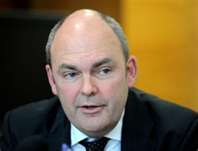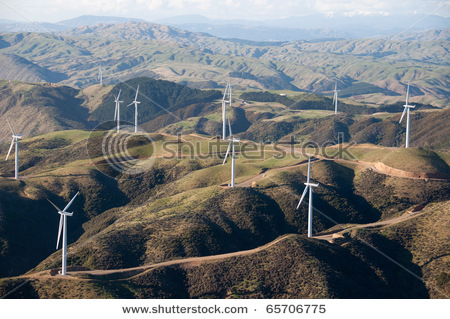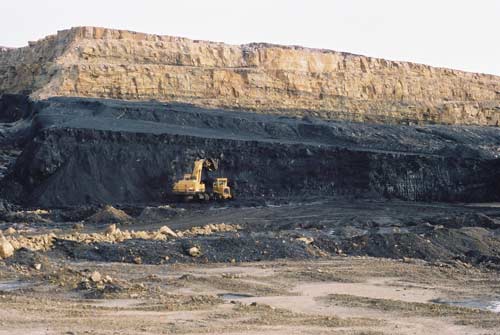 I’ve been writing about climate science and policy for the last five years, and taking an interest in the subject for far longer, but I’ve seldom read more depressing news than Fiona Harvey’s Guardian article last week — Rich nations ‘give up’ on new climate treaty until 2020. According to Harvey, expectations for the UN conference in Durban are low:
I’ve been writing about climate science and policy for the last five years, and taking an interest in the subject for far longer, but I’ve seldom read more depressing news than Fiona Harvey’s Guardian article last week — Rich nations ‘give up’ on new climate treaty until 2020. According to Harvey, expectations for the UN conference in Durban are low:
…most of the world’s leading economies now privately admit that no new global climate agreement will be reached before 2016 at the earliest, and that even if it were negotiated by then, they would stipulate it could not come into force until 2020.
Unfortunately for all the inhabitants of this planet, the atmospheric carbon load is increasing fast and unless emissions peak soon — no later than 2020 — we will be committed to dangerous, and quite possibly uncontrollable future warming. How in the name of your favoured deity did we allow that to happen? Here’s a clue: a few sentences taken from the environment policy statement of New Zealand’s National Party, who led the outgoing government, and who on current polling will lead the next after Saturday’s election:
We’ve introduced a more balanced approach to climate change … Ensured New Zealand is doing its fair share on climate change … Amended Labour’s ETS to strike a better balance between New Zealand’s environmental and economic interests.
The National Party document also claims the last (Labour-led) government “set an impractical goal of carbon neutrality”. Well, have I got news for you, John Key and Nick Smith. Carbon neutrality is not an impractical goal — it’s what the evidence tells us we need to achieve, not just in New Zealand but around the whole world.
Continue reading “Human stupidity and the NZ election (Heigh ho! Heigh ho!)”
Like this:
Like Loading...
 The Minister for Economic Development Steven Joyce had a curious op-ed in the Herald earlier this week. It was aimed at those pesky people who obstruct progress when government tries to remove roadblocks in the way of business development.
The Minister for Economic Development Steven Joyce had a curious op-ed in the Herald earlier this week. It was aimed at those pesky people who obstruct progress when government tries to remove roadblocks in the way of business development.
 A mild protest from the NZ Wind Energy Association arrived in my inbox recently. It was in response to the Ministry of Economic Development’s latest
A mild protest from the NZ Wind Energy Association arrived in my inbox recently. It was in response to the Ministry of Economic Development’s latest  The Institute of Professional Engineers New Zealand (
The Institute of Professional Engineers New Zealand ( My attention was caught by a press release this week from the NZ Wind Energy Association (NZWEA) announcing the results of an Infometrics
My attention was caught by a press release this week from the NZ Wind Energy Association (NZWEA) announcing the results of an Infometrics  I’ve been writing about climate science and policy for the last five years, and taking an interest in the subject for far longer, but I’ve seldom read more depressing news than Fiona Harvey’s Guardian article last week —
I’ve been writing about climate science and policy for the last five years, and taking an interest in the subject for far longer, but I’ve seldom read more depressing news than Fiona Harvey’s Guardian article last week —